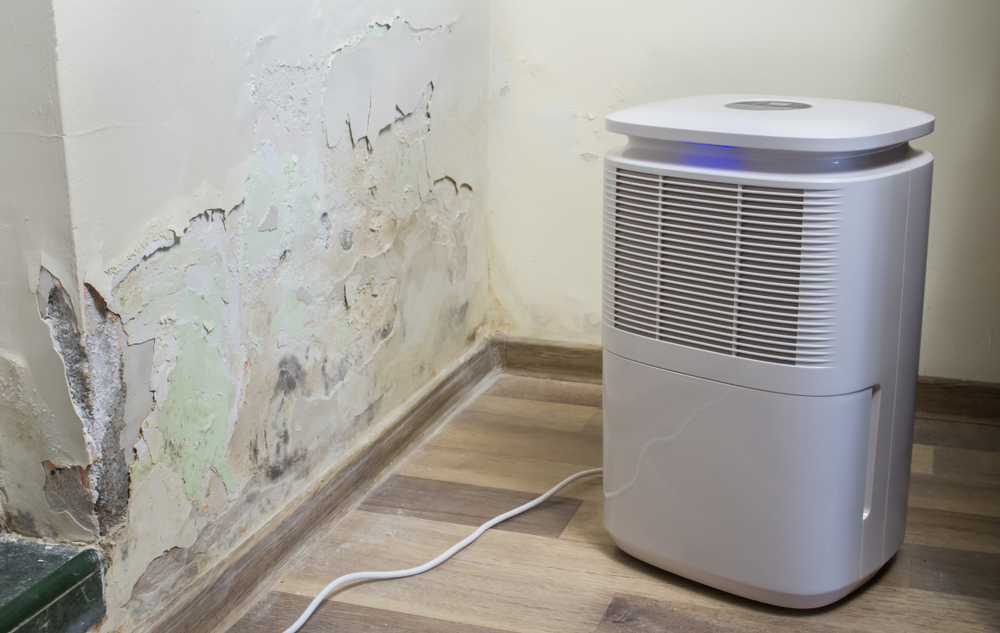Moisture damage is a common headache for homeowners. It can stem from many sources and range from a quick fix to deep‑seated structural problems.
Others are reading now
Moisture damage is a common headache for homeowners. It can stem from many sources and range from a quick fix to deep‑seated structural problems. Spotting the warning signs early—and acting fast—can keep a small moisture issue from turning into a costly nightmare.
Below, you’ll learn what moisture problems look like, why they matter, and how to tackle them before they get out of hand.
Why Moisture Matters
Moisture covers everything from surface condensation to water infiltration inside building materials. A light film of humidity on a surface isn’t dangerous by itself, but once water seeps into walls, floors, or ceilings, it can wreak havoc.
Typical Causes
- Cracks or gaps in exterior masonry
- Leaking pipes behind walls
- Steam and condensation after showers or cooking
- Sharp temperature swings that create dew points indoors
Early clues include water streaks or beads on walls and windows. Left unchecked, those become yellow stains, dark blotches, or black mold spots.
Also read
Is Moisture Harmful?
Moist materials deteriorate over time, but the real health threat is mold. Common mold‑related symptoms include:
- Eye and nasal irritation
- Headaches
- Fatigue
- Coughing
- Skin rashes
People with asthma, allergies, or other respiratory issues—and young children—are especially vulnerable. Long‑term exposure can even trigger new mold allergies. That’s why fixing moisture fast is critical for both home and health.
First Steps When You See Moisture
- Ventilate – Open windows two or three times a day for 5–10 minutes.
- Maintain temperature – Keep indoor temps at or above 65 °F, especially in winter; cooler air holds moisture longer.
- Locate the source – Is it a leak, poor ventilation, or a cold bridge in the structure? Fix the root cause, or the moisture will return.
- Dry surfaces – Wipe down wet areas on walls, ceilings, and window frames.
If the moisture is just daily condensation—from showers, for example—better airflow may solve it. If it stems from leaks or cracks, repair those defects first.
Windows: A Common Trouble Spot
Condensation often forms around windows where warm indoor air meets cold glass. Check weather‑stripping and caulk, and ventilate more when you spot moisture in the sills or trim.
Dealing with Mold
Assess the Situation
- Extent: How much mold is present?
- Cause: Ongoing leak, condensation, or flood damage?
- Location: One room or several?
- Use: Living area or just a storage space like a garage?
Those factors dictate whether you can handle cleanup yourself or need professional help.
Small Outbreaks
- Scrub with household cleaner and a stiff brush.
- Monitor the area—if mold returns, moisture is still an issue.
- A dehumidifier can prevent recurrence.
Moderate Growth
- Use a mold‑specific cleaner to kill spores and release them from the surface.
- Follow all safety instructions (gloves, goggles, ventilation).
Major Infestations
- Call a certified mold remediation company.
- Severely damaged drywall or ceiling panels may need full replacement.
- Professionals contain spores so they don’t spread throughout the house.
Key Takeaways
- Detect moisture early—look for condensation, stains, and mold.
- Ventilate regularly and keep indoor temperatures consistent.
- Remove mold promptly and hire pros for large‑scale problems.
- Fix the underlying cause of moisture to prevent repeat issues.
Quick action protects both your home’s structure and your family’s health.


